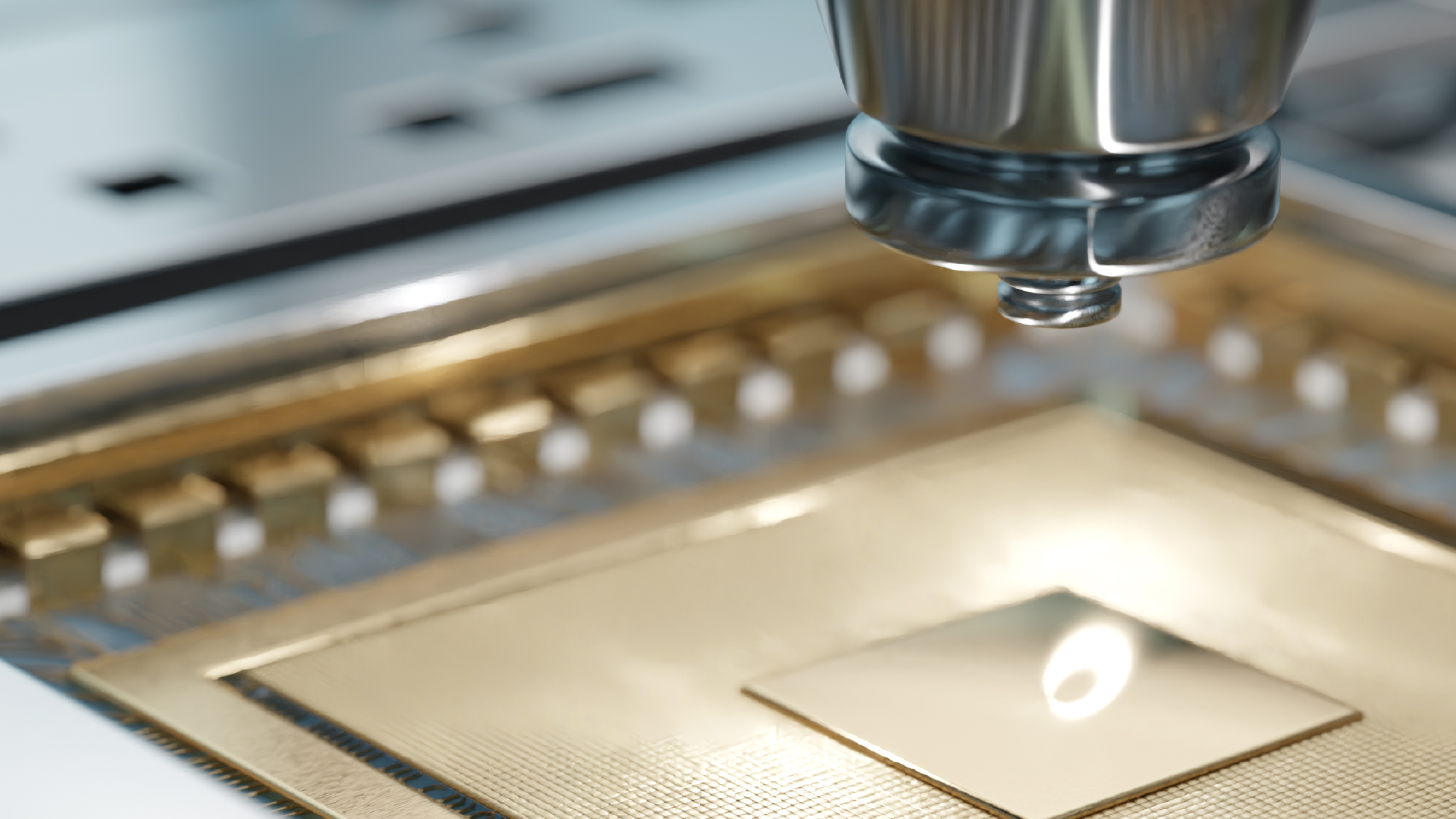How a bionic fingertip allows an amputee to feel textures

A man shakes hands with a robotic prosthetic hand. Image: REUTERS/Rick Wilking
Scientists are racing to make Luke Skywalker’s prosthetic hand a reality.
There have been remarkable advances in prosthetic limbs in recent years. In 2014, researchers created prosthetic hands that gave amputees the ability to not only “feel,” but to also react sensitively: they could also put toothpaste on a toothbrush or pull a stem off a cherry without squashing the fruit.
How the experiment worked.
Now, researchers from the Swiss Federal Institute of Technology have built on that research to develop a bionic finger that has allowed amputees to feel rough or smooth textures again. While it’s still a long way away from the artificial hand Luke receives in The Empire Strikes Back, the results published in the journal eLife is an important breakthrough.
To help the patient feel different textures, researchers had to connect the artificial fingertip to electrodes that were surgically implanted to amputee Dennis Sørensen’s upper left arm. The bionic fingertip was then hooked up to a machine, which controlled the movement of the device.
As the fingertip moved over different pieces of plastic—with different textures—it generated an electrical signal. This signal is then translated into a series of electrical spikes that are delivered to patient’s nerves. Researchers report that Sørensen was able to distinguish between rough and smooth surfaces 96% of the time.

How it works.
“The stimulation felt almost like what I would feel with my hand,” Sørensen said in a statement. “I still feel my missing hand, it is always clenched in a fist. I felt the texture sensations at the tip of the index finger of my phantom hand.”
The study follows last year’s groundbreaking research where a mind-controlled prosthetic robot arm allowed amputees to feel what they touch. The US Defense Advanced Research Projects Agency (DARPA) didn’t reveal just how sensitive the robotic arm was to different textures or surfaces.
Don't miss any update on this topic
Create a free account and access your personalized content collection with our latest publications and analyses.
License and Republishing
World Economic Forum articles may be republished in accordance with the Creative Commons Attribution-NonCommercial-NoDerivatives 4.0 International Public License, and in accordance with our Terms of Use.
The views expressed in this article are those of the author alone and not the World Economic Forum.
Stay up to date:
Future of Global Health and Healthcare
Forum Stories newsletter
Bringing you weekly curated insights and analysis on the global issues that matter.
More on InnovationSee all
Awais Ahmed and Srishti Bajpai
November 11, 2025







